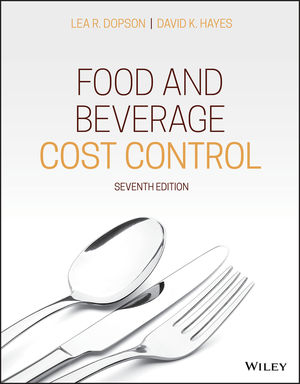Global consumers’ intent to buy food and beverages online increased 44 percent in two years, with 26 percent of global respondents reporting they planned to purchase food and beverage products by way of a device with Internet access, such as a computer, mobile phone or tablet, in the next three to six months, according to market research firm Nielsen, New York.
The Nielsen Q1 2012 Global Survey surveyed more than 28,000 Internet respondentsin 56 countries also found that 61 percent of global respondents indicated using the Internet for grocery shopping research in the past month, such as checking prices or reading a consumer review. Forty-five percent used the Internet to get information about a grocery product, 43 percent searched for deals, 33 percent read a grocery retailer’s promotional circular/flier, 33 percent looked for coupons, 26 percent browsed a manufacturer website, 18 percent provided feedback through social media, and 11 percent used a digital shopping list.
“Online shopping delivers key attributes shoppers demand, such as convenience, value and choice,” said John Burbank, president of strategic initiatives with Nielsen, in a statement. “However, the Internet and more specifically e-commerce will be successful to varying degrees of impact on consumer packaged goods depending on the product category. For these CPG categories, shoppers are more likely to adopt a multi-channel approach, where online shopping becomes a supplement to traditional brick-and-mortar retailing.”
Seventy percent of respondents from countries in Asia-Pacific said they use the Internet to conduct research, while 48 percent use the Internet to compare prices and 26 percent provide feedback through social media. Latin American respondents were the most active deal seekers with 64 percent using the Internet for research. In addition, 41 percent of Latin American respondents reported using manufacturer website browsers, while more North Americans looked for coupons online than respondents in any other region at 43 percent.
According to Nielsen’s survey, 47 percent of respondents reported spending at least 25 percent of their total research time for grocery shopping-related activities on a connected device. Twenty-three percent indicated spending at least half of their research time on the Internet.
For those respondents who said they used the Internet for grocery shopping-related activities, more than half ? between 63 percent and 91 percent depending on the type of activity ? of global respondents did so weekly or monthly. Thirty-seven percent of global respondents indicated using the Internet daily to conduct research, 33 percent provide feedback via social media, and 31 percent look for deals and search for product information online.
“In a world where consumers have increasing influence on a brand’s perception through social media, ratings and reviews, authentic responses and generating advocacy is critical,” Burbank said. “Marketers need to encourage feedback and provide specialized experiences that increase engagement and build a two-way relationship with the brand.”
The Nielsen Global Survey of Digital’s Influence on Grocery Shopping was conducted February 10-27, 2012, and polled more than 28,000 consumers in 56 countries throughout Asia-Pacific, Europe, Latin America, the Middle East, Africa and North America. The sample has quotas based on age and gender for each country based on their Internet users, weighted to be representative of Internet consumers, and has a maximum margin of error of ±0.6 percent. This Nielsen survey is based on the behavior of respondents with online access only, as Internet penetration rates vary by country. Nielsen uses a minimum reporting standard of 60 percent Internet penetration or 10 million online population for survey inclusion.






